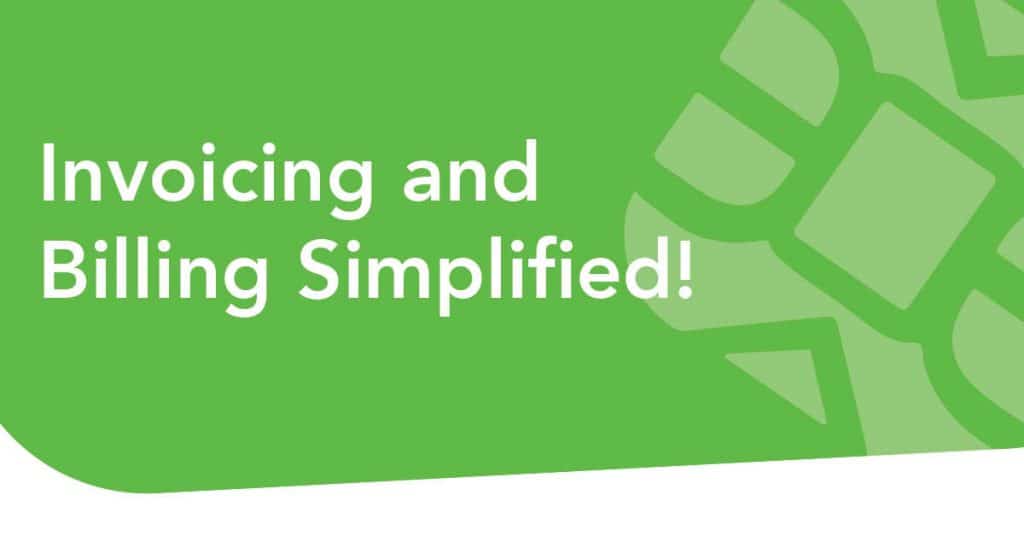
Determining if your business is doing well is rather straightforward. Every month you will be in the black, able to make your payroll and pay all your monthly bills and expenses. But are there observable ways to determine just how healthy your business is outside the normal red/black distinction? Yes! Here are 7 tips for a healthy business you can use to determine how well your business is performing.
Revenue Growth
When you look at your profit-and-loss statement, you should be able to see a fairly steady rise in your monthly revenue annually and monthly. Even a small increase will demonstrate upward momentum as well as a strong financial outlook. Here is a great tool for calculating your revenue!
Expenses Remain Flat
Expenses should only grow in tandem with revenue growth. When you experience significant growth in your business, it is natural that your expenses may rise. This increase should generally be in line with your revenue growth. If your income increases 3 percent each year, you would want your expenditures to also rise no more than 3 percent over the same period of time.
Cash is King for Long-Term Growth
So your revenue is increasing… but instead of stashing that cash, you simply reinvest it into the business creates an asset rich and cash poor business. This is not a good idea, having a low cash balance signifies that your business may not be sustainable, long-term. It is a good idea to keep a healthy amount of cash in the bank to ensure you do not need to incur more debt to pay unexpected expenses.
New Faces & Repeat Customers
The cost of acquiring new clients is higher than the cost of gradually operating with the same clients. A steady stream of new customers and repeat customers means the company has many revenue-generating options. By accessing new clients you can help isolate your business from changing attitudes and buying patterns.
Low Debt Ratios
There are two debt ratios to pay special attention to the debt-to-asset ratio of a business, and its debt-to-equity ratio. Such calculations, also called solvency ratios, precisely calculate how much your company owes as opposed to how much your business is worth. Remember that a lower number is ideal, and having a 2:1 or lower ratio best for debt-to-asset ratios. Here is a tool for calculating your debt-to-asset ratio!
Healthy Profitability Ratio
There are a handful of profitability ratios you can measure ROI (the return on your sales and investments). The best ratio to measure regularly is your profit margin. It involves taking net annual profits and dividing them by annual sales. It is useful to know and make sure that while you may be making sales if your profit margin is too low it will affect your profitability ratio. One of the 7 tips for a healthy business is having a high-profit margin.
In-Line Activity Ratios
Although there are many different activity ratios to measure how you manage your business assets. Focus on these 3 for your business’s financial health!
Asset Turnover: Sales divided by Assets. High Turnover Ratio = Efficient Asset Management.
Inventory Turnover: Cost of Sales divided by Average Inventory. High Inventory Turnover Ratio = Efficient Inventory Management.
Operating Expense Ratio: Operating Expenses divided by Total Revenue (measures how much you spend in order to generate income) Lower Ratio = Efficiency
Measuring your business’ financial health can be as straightforward as evaluating a statement of profit-and-loss, or as complex as examining all the working elements of your business. The value in fully understanding the financial health of your company is the best way to continue profitable growth.
TeamNPC’s payment management tools are an efficient and cost-effective way to streamline all the funds coming into your business! Our Free cost analysis is the perfect tool to make sure your payment processing fees do not get out of control – call today and get on the road to financial health with TeamNPC! 800-455-4577








About The Author: Tara Wilson
Ensures brand consistency by strategically and tactically directing the efforts of all marketing, communications and public relations projects.
More posts by Tara Wilson